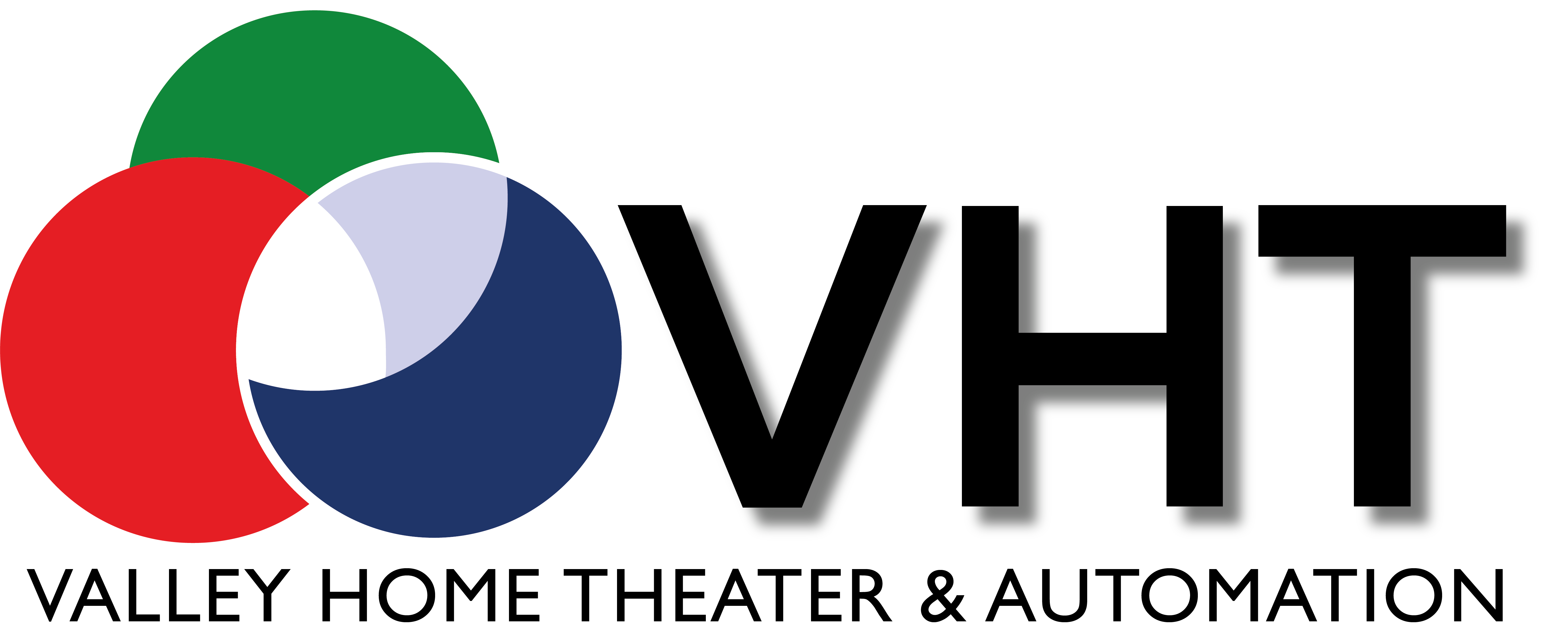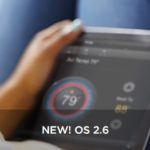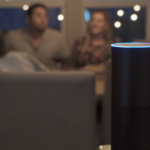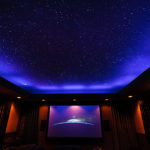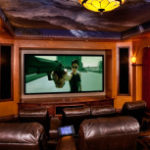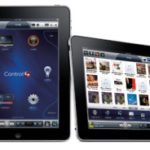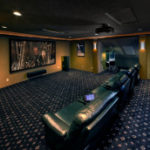Display panel technology is always evolving. Even as the first 4K TVs were hitting brick-and-mortar stores, we were hearing about (and sometimes seeing) higher resolution displays waiting in the wings. Since 2013, companies like Sharp have been demonstrating 8K TVs, featuring 4 times as many pixels as a 4K display. That’s 33,177,600 pixels, if you’re curious.
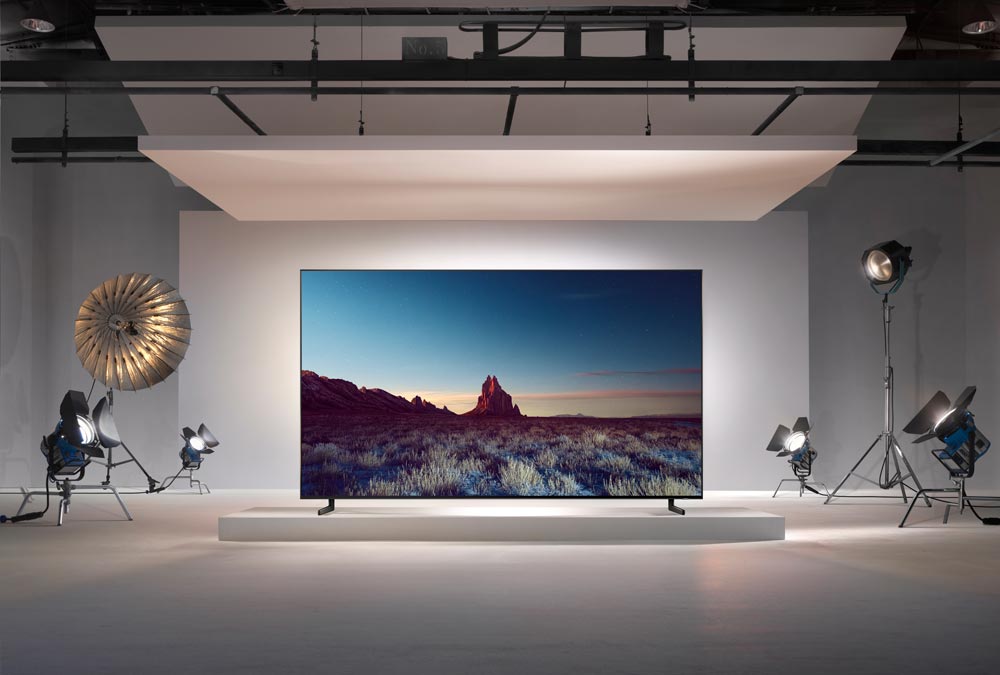
This fall, five years after their debut at CES, the very first 8K TVs will be hitting retailers in the US. But for home theater enthusiasts who love being on the bleeding edge of technology, there are some things outside of pixel counts you should know before you dive in.
Your 8K TV options this year will be limited, but expect more manufacturers to quickly bring their products to stores.
Even as 4K TVs were striving for consumer acceptance, 8K has been slowly becoming available overseas. In 2015, Sharp pushed out an 85-inch 8K TV in Japan, even as the competition was still demoing 4K displays at CES. The LV-85001 cost over $130,000 and was meant for professional applications, rather than home theaters.
Since then, we’ve seen more demos from other manufacturers. There have even been a few 8K computer monitors, such as Dell’s $5,000 31.5-inch display.
At IFA 2018 in Germany, we’ve been offered another glimpse of the 8K future of tomorrow that manufacturers hope consumers will embrace.
The Samsung Q900FN
The Samsung Q900FN will be part of the first 8K television product line sold to home theater enthusiasts in the United States when it arrives in stores this October. The full Q900R series will include 65in, 75in, 82in, and 85in displays, the latter of which was on display at IFA 2018.
The monstrous 85-inch Q900FN is expected to be significantly more affordable than Sharp’s 2015 display. And while the massive QLED panel is its own selling point, the Q900FN’s key selling feature may not be its 8K capability, but rather an AI-driven upscaling solution built into the panel. The Quantum Processor 8K can take images as low as 720p, and upscale them to 8K resolution.
If it works as advertised, 4K content will be properly upscaled to 8K, with minimal visual discrepancies. It is a realistic approach to a market that has only begun to truly adopt 4K panels, and one that Samsung is hoping will be the bridge that takes people from 4K to 8K.
The Sharp Aquos LC-70X500
Originally sold in China, Sharp’s Aquos LC-70X500 has ventured into Japan, Taiwan, and Europe, leaving high-end home theater enthusiasts wondering when a US release will be announced. At 70 inches, the Aquos panel might seem less impressive than Samsung’s 85-inch offering. However, unlike the upcoming Samsung displays, it’s available to buy right now for the hardcore home theater enthusiast.
LG’s 88-Inch 8K Concept TV
LG’s massive screen was a demonstration of what the company will likely be delivering to consumers in the near future. Frustratingly, even as IFA 2018 drew to a close September 5th, LG provided no information on a product launch, or even a model number. Despite this, LG was proud to announce the demo unit as the world’s first 88-inch OLED display.
We’ve discussed the advantages of OLED displays versus standard LED panels before, and it’s safe to say that LG will likely leverage the technology for a future line of premium 8K TVs. It’s also likely that if LG does surprise us with an 8K OLED panel on the market this year, they will likely be among the most expensive displays on sale.
While 8K TVs look fantastic, early adopters will be waiting for the content to catch up with their enthusiasm.
8K TVs will start their existence in the same way that 4K panels entered the market: limited, with no content being developed for them.
Movies have only truly started to be filmed in these ultra-high resolutions, and TV broadcasters around the world have only started to make the necessary changes to accommodate 4K. In the US, it still faces considerable challenges. The vast majority of TV broadcasts do not even manage 1080P resolution, much less 4K.
Streaming giants like Netflix and Amazon Video have fully capitalized on their respective subscription service schemes, offering 4K streaming for content where available. But this by itself comes with technological limitations beyond the quality of screen the content is being viewed on. Streaming 4K video with minimal interruptions demands higher network speeds. In the US, internet service providers have struggled (and protested against the need) to meet regulatory requirements for high-speed service.
If you’re already considering 8K for your home theater this year, there are some more things to consider.
The reality is that we are just starting to see 4K-resolution content become available, with physical 4K Blu-ray films forming the bulk of the media readily accessible. Popular streaming services are starting to offer 4K content where possible, though the majority of consumer Internet services can’t dependably stream this content.
But 8K televisions represent yet another significant step forward, and this will hopefully provide content developers with the motivation necessary to make 4K and 8K media available. While Samsung is the first manufacturer to bring a complete 8K product line to market, don’t expect the Q900R series to remain uncontested for long.
The question at the end of the day is whether you are willing to stand among the early adopters. People doubted the power of 4K early on, but it has clearly shown that it is here to stay.

